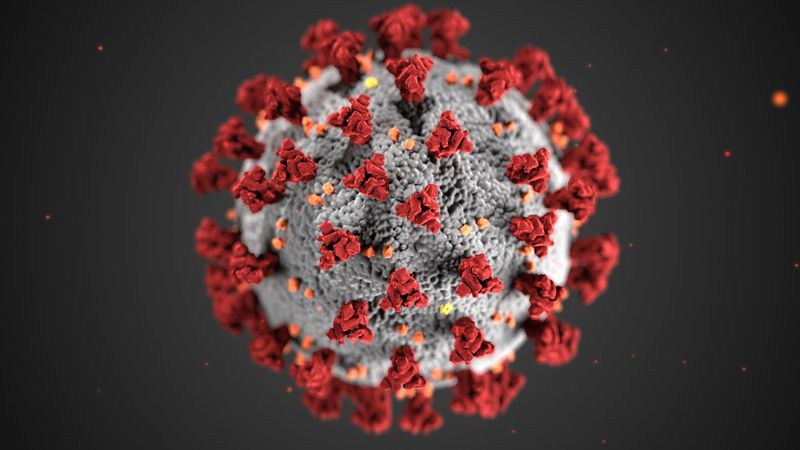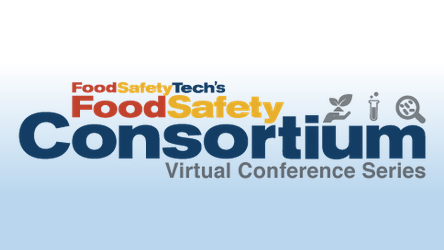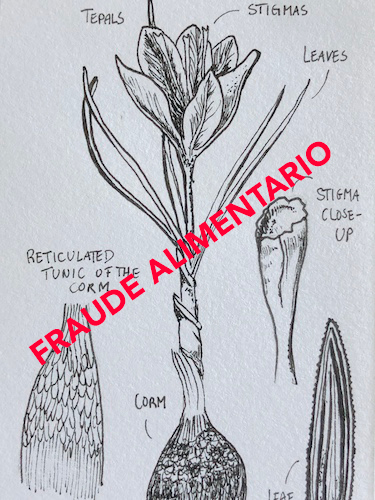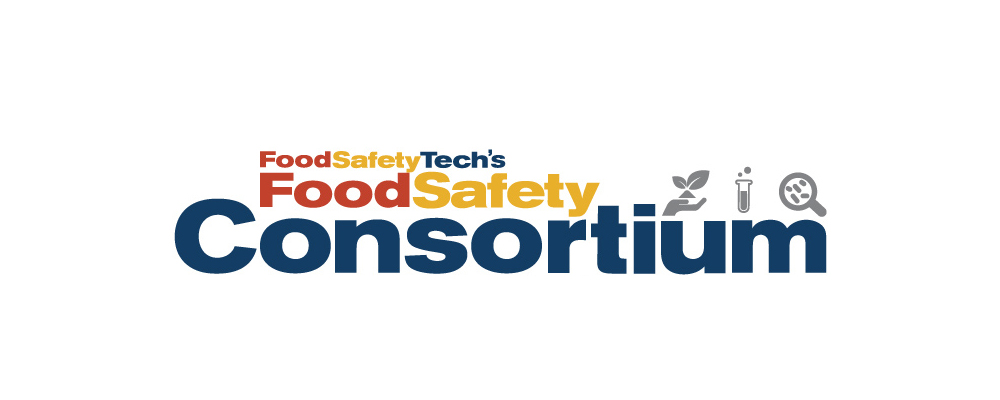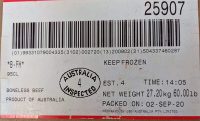Q: What leads a company to decide a quality management solution is necessary?
Bryce Romney: For many companies, the catalyst for beginning the procurement process is needing to better integrate with data across the brand. Safety and quality checks have traditionally been managed with clipboards, spreadsheets, and email. While these may have their place in a modern quality model, fully manual processes make it difficult to aggregate, visualize, and use data effectively as a company grows.
Companies may also start looking to a quality management software when:
- Their supply chain is expanding and it’s no longer possible to track suppliers and vendors manually.
- Specific certification bodies require digital audit submission and converting from manual to digital has become too time consuming.
- Corrective actions are not being effectively tracked as a part of the continuous improvement process.
- Other departments have begun modernizing and integrating data across the company has become difficult.
In essence, many companies look to quality management software when it becomes difficult to track quality with more traditional processes as the company grows.
Q: What common missteps do companies make when selecting a vendor?
Romney: One of the biggest issues I see companies make is believing the right quality management software will give them an effective quality model. No software will fix a broken quality system or create a good system where one doesn’t exist. It’s critical, then, to ensure you go into the procurement process with a good quality and safety model in place. If there are things that aren’t working now, automating them won’t help. Get consensus from your team on what the quality and safety framework should be before streamlining it with quality management software.
Something else I frequently see is having the wrong people involved in procurement, or not ensuring the correct teams have a voice in the process. Narrowing your vendor selection to the final choice involves more than the director of operations or head of supply chain. Ultimately, the stakeholders that should get involved include whichever executive will give final approval, someone from the IT team who will head implementation, the team that will have to manage the software, representatives from any departments who may interface with quality, and someone to represent the needs of any suppliers, factories, or other partners who may have to use it.
Finally, I see that often people try to begin without a clear idea of their goals and desired outcomes in mind when bringing in new software. When you assemble the correct group of stakeholders, it’s critical to work on creating a specific list of goals, and a corresponding list of necessary features and functions. Having specific needs is key to narrowing an initial broad selection to the shortlist to your final selection. It allows you to avoid emotional decision making and focus on which vendor can meet your company’s needs. After all, as the Cheshire Cat in “Alice in Wonderland” says, “If you don’t know where you want to go, then it doesn’t really matter which path you take.”
Q: Quality management systems are increasingly integrated with external partners, vendors, and suppliers. How do you ensure the vendor of choice is able to accommodate all the needs of a local and/or global brand?
Romney: Start with identifying which partners or suppliers will use audits or corrective actions within the software. Are there certifications they use that are already integrated with any of the vendors you’re considering? Do you need to be able to import audits from disparate systems into a single system, and can the new software vendor accommodate that?
When working with a global supply chain, you should also consider the complexities of how the system will be used. Will you be able to get Wi-Fi or data connection in the farms or factories you’re monitoring, and can the software work offline? Do you have vendors with complex business hierarchies that the software will need to work with? Is a trained auditor using the software or will different locations need to have the usability to perform self-assessments?
Once you have a clear idea of what the answers to questions like these are, you can begin to understand which platform will best help you meet those needs. While you may not be able to find a single vendor who can meet all of your business needs, as well as those of your partners, the more you can accommodate in a single system the better. This will reduce the amount of work needed to integrate data between systems and build integrity across the quality team.
Need a step-by-step guide for buying Quality Management Software that’s right for your company? Download this FREE ebook: The Smart Buyer’s Guide to the Best Quality Management Software.
 About Bryce Romney
About Bryce Romney
Bryce Romney is Director of Product at RizePoint. People, problems and solutions. That’s what keeps Bryce excited about moving the RizePoint platform forward. New customer journeys toward solutions for real problems is where he loves to focus. With the world moving as fast as it does, technology enhancements making leaps every year, Bryce enjoys chasing big visions, while remembering to focus on real people and the problems they still face today in their jobs and lives.
Content sponsored by RizePoint.







